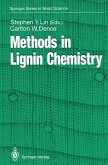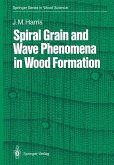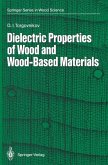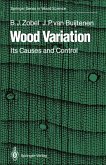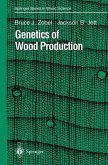Wood is formed in an essentially water-saturated environment in the living tree, and the cell wall remains in this state until the water flow from the roots is interrupted, such as by felling the tree. The wood then begins to lose most of its moisture by drying, resulting in changes in most of its physical properties. These changes, and their relationship to the environment to which the wood is subsequently ex posed, are the subject of this book. The text consists of six chapters. The first chapter discusses cer tain empirical relationships between wood and water, methods of measuring wood moisture content, factors which affect its equilib rium moisture content, and the effect of moisture content on wood strength. The second chapter treats the thermodynamics of moisture sorption by wood, inc1uding enthalpy, entropy, and free energy changes. The third chapter discusses some of the theories which have been proposed to explain the sorption isotherms for hygroscopic ma terials such aswood. Chapter 4 considers hygroexpansion or the shrinking and swelling of wood associated with moisture change. Chapter 5 is concerned with how moisture moves through the cell wall of wood in response to both moisture and temperature gradients. The sixth and final chapter discusses the theoretical and practical aspects of the electrical resistance and dielectric properties of wood, in c1uding the principles involved in their application in electrical moisture meters.


